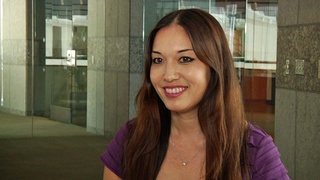Interviews
Returning to San Jose
I was the first one to return to the West Coast after the thing was lifted. I was sent to San Jose, California. Great reception because there were more Japanese Americans returning to San Jose than before the war. Great reception. And right after that, I was out in California for about three, four weeks. And there were certain areas...and I just can’t remember the town, but there was a town where there was some shooting going on. Shooting towards evacuees homes. And I just can’t remember the name of the town, but I think it was around Stockton. But I just can’t remember. But there were a few moments where there were some problems.
Date: December 3, 2009
Location: California, US
Interviewer: John Esaki
Contributed by: Watase Media Arts Center, Japanese American National Museum









